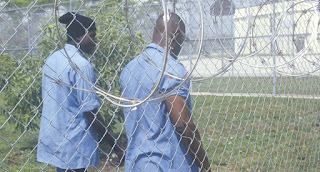This past Memorial Day weekend, many mainstream media outlets reported that 56 people were shot and a dozen died in Chicago. No arrests have been made, reports say.
For years there have been rumors and speculation about many of the killings that have occurred in Chicago. Many people in the Melanoid community suspect that police officers are really the ones behind some of these shootings. Chicago has become to go-to deflection talking point for white supremacists (and white supremacist supporters) who use the alleged “Black on Black” violence in Chicago to justify the violence and mistreatment of Melanoid people around the country.
So when we see these recurring reports coming out of Chicago every holiday weekend reporting that a certain “record” number of people were killed or shot over a three day period,and no arrests were made,this raises many red flags with some in the community.
It’s not a stretch of the imagination to suspect that law enforcement in Chicago could carry out such corrupt deeds because Chicago police has had a long history of corruption. And when it comes to white police officers interacting with Black citizens, the corruption is oftentimes excused, ignored or covered up. Recently, several stories have come out about corrupt cops in Chicago and their racial attacks on Melanoid citizens.
There was the recent acquittal of an off duty white cop who shot and murdered an innocent Melanoid bystander named Rekia Boyd.
The city of Chicago recently had to pay reparations to Black torture victims who suffered at the hands of police officers.
So if white police officers have had a history of terrorizing,and killing innocent Black people openly,and in many cases, doing it with impunity, is it implausible to believe that law enforcement could also be behind many of the reported shootings that we hear so much of in Chicago?
A few years ago Illinois State Rep. Monique Davis publicly reported that she had heard rumors in the community that police officers were behind many of the reported shootings that were blamed on gang members in Chicago. After she went public with these allegations,she was swiftly criticized by many law enforcement officials and conservative pundits.
So do you think it’s possible that police officers are behind many of the shootings in Chicago?









